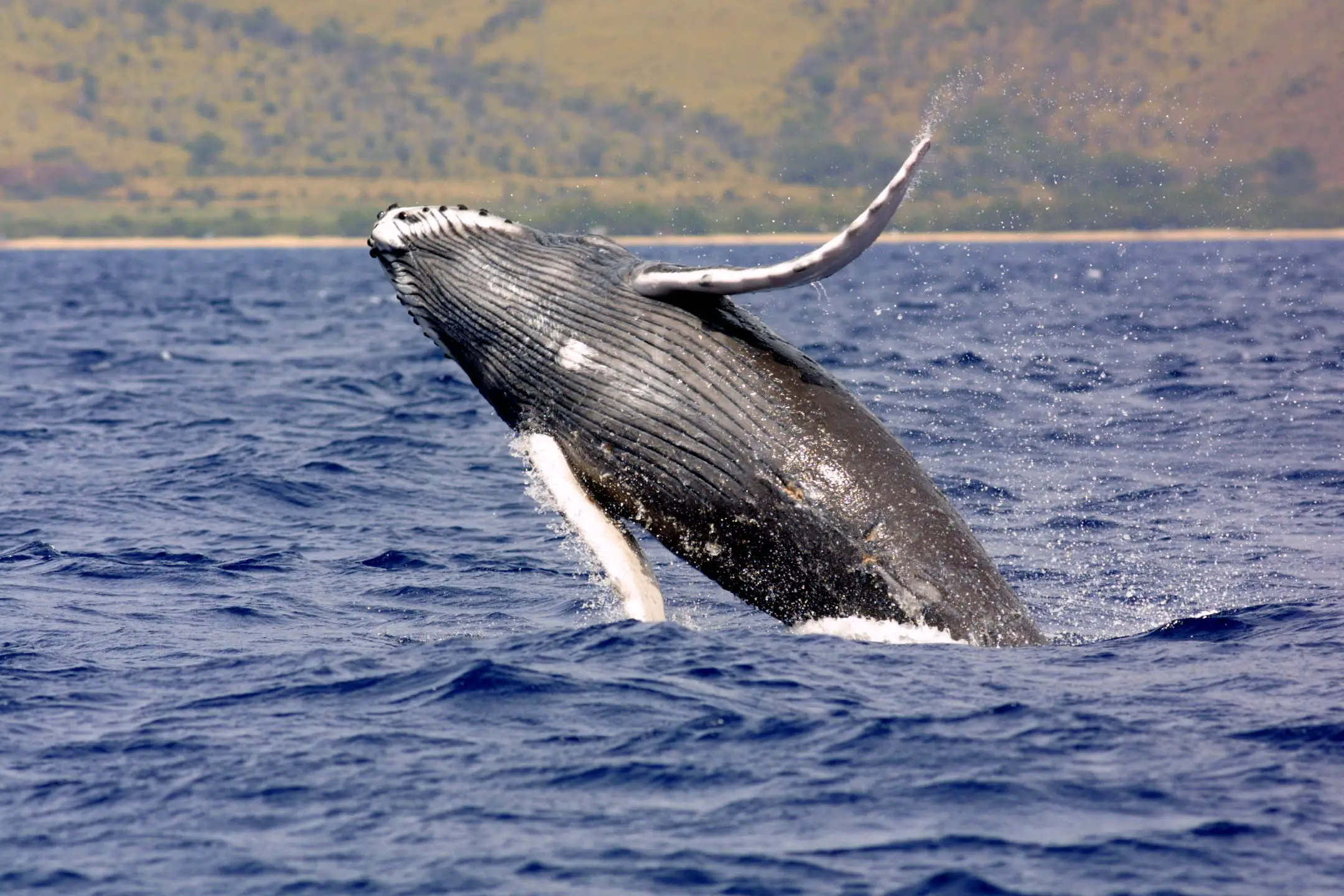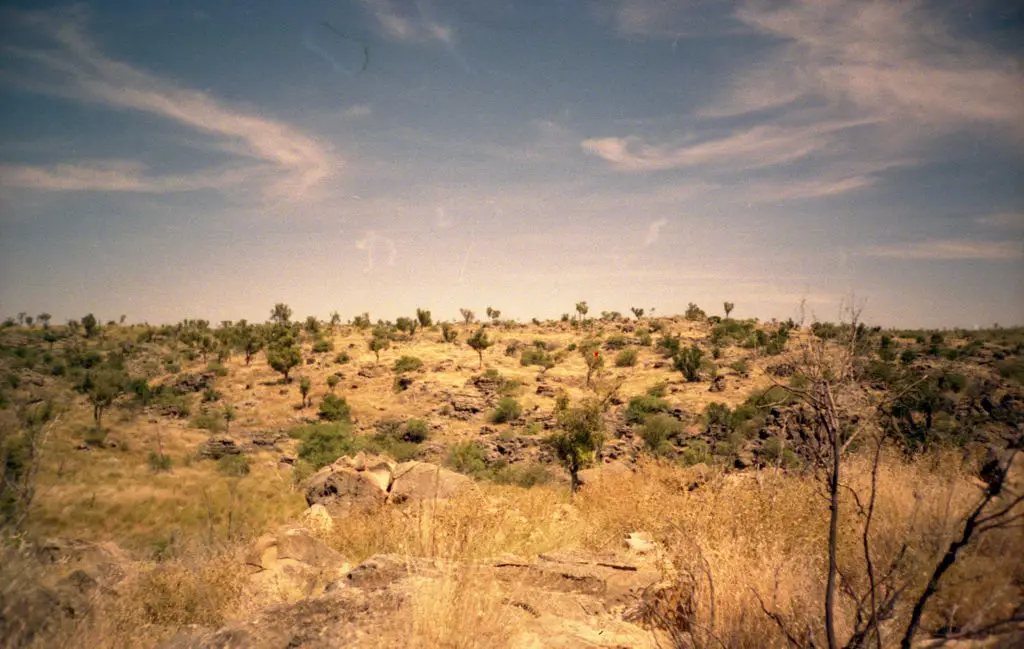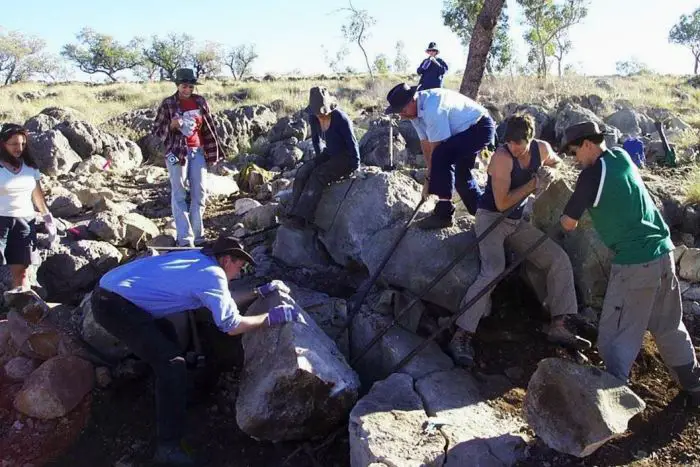Appearance
Male
Length: 12.2-14.6 m (40-48 ft)**
Weight: 22.7-36.3 tonnes (25-40 tons)**
Female
Length: 13.7-15.2 m (45-50 ft)**
General characteristics
- stocky, rounded body
- massive head marked by protruberances containing hair follicles
- 20-35** throat pleats / throat grooves /ventral pleats
- 270-400** blackish baleen plates up to 80** cm long on each side of the upper jaw
- huge pectoral fins (flippers) – up to 1/3 of the body length
Colouration
- black on dorsal side
- mottled black and white on the underside – chin, throat, belly, fins, fluke
- more white pigmentation seen on southern hemisphere individuals
Distinguishing features
- long, slender flippers
- ventral pleats
- fluke – serrated on the trailing edge
- fluke black and white on underside => individually marked
** different numbers are given by various authorities; I included them to give some idea of the dimension or scope of these features
Behaviours
For many of the humpback whale’s repertoire of behaviours, there is no known explanation. Below are the most widely-reported acts and some of the suggested interpretations or what is known of the behaviour. Breaching launches 2/3 of its body out of the water, head first; falls back with a splash, often rolling onto side
- dislodge parasites such as barnacles, whale lice, cookie-cutter sharks;
- to get a view of the surroundings;
- aggression;
- long-distance communication;
- exclamation mark at the end of another behaviour;
- courtship display;
- a way of herding fish;
- play
Flipper slap
- forcefully slapping the surface of the water with the flipper
- communication
Flipper waving
- while lying on its side, the whole flipper is raised above the water for up to an hour at a time
- occurs in or near breeding areas
Head lunging
- the head is thrust forcefully towards another whale in a threatening manner
- aggressive posture to deter competitors
Head slap
- whale forcefully hurls its head onto water surface
- aggressive display
Tail lobbing
- raising the fluke out of the water and then slapping it on the surface
- communication;
aggression
Diet
What
Krill, sardines, mackerel, anchovies and other small schooling fish krill – a small crustacean like a miniature shrimp krill mating swarms can be huge – one hundred million tons
Where
In polar waters feed in the top 100m (330ft) of the water column, where there are dense swarms of suitable plankton
When
In the cold waters during summer usually feed twice a day; the first feed occurs at dawn and is the larger very occasionally in warmer waters feeding may resume during migration to the polar seas
How much
Estimates vary but the range per whale per day is 1.3 – 4.1 tonnes (1.3 – 4.0 tons)
Distribution
- All oceans to the edge of the ice packs
- Highly migratory between polar waters in summer and tropical / subtropical waters in winter tend to migrate along the same route each year
- Northern & southern hemisphere whales never interbreed even where they use the same equatorial breeding grounds because their breeding seasons are 6 months apart
- Groups mix during summer in polar waters
Evolution
As whales are mammals, they posses general mammalian characteristics like breathing air, bearing live young and suckling them, maintaining their own body heat.
They have evolved from land-living ungulates, hoofed mammals; the changes involved in this path include :
- streamlined body
- forelimbs modified into flippers
- hind limbs disappeared; tail flattened into two paddles for propulsion
- development of insulating blubber also useful for buoyancy
- breathe through a blowhole, on top of head; nasal plugs to close nostrils on diving
- loss of hair
- ability to hear underwater
- eyes and kidneys adjusted to different salt balance
Feeding
Humpback whales feed by opening their mouths and taking in large volumes of water, as much as 2275 litres (500 gallons) at a time, causing the pleated grooves in the throat to expand. The whale uses its large tongue to force water out through the baleen plates which act as a sieve, and leave the prey trapped in the hairy fringes of the plates.
A number of feeding methods have been described:
- lying on side and swimming in tight circles with mouth partly open so that water flows out through the baleen as the whale swims and periodically closing its mouth to force out the remaining water
- swim with the partially opened mouth in line with the water surface
Lunge feeding
- whale comes up from the deep at an angle to the surface with mouth partially open and emerges before closing its mouth
Flick feeding
- whale herds its prey into an accessible position, then flicks its tail forward splashing down in front of the school and startling the prey into stillness long enough for the whale to engulf the school
Bubble netting
- All bubble netting methods are based on the whale expelling air to form a cloud of finely divided air bubbles.
- as the bubbles rise, the whale races through the bubbles with its mouth open
- appears to drive the prey against the bubbles and catch them as they retreat from the bubbles
- from below a concentration of prey, the whale circles slowly towards the surface blowing bubbles which eventually encircle the prey and prevent it from escaping; the whale emerges within the circle with its mouth open
Cooperative hunting
4-6 whales herd schools of prey and take turn lunging feeding
Migration
Pattern
- tend to winter in warm tropical or subtropical waters and summer in the polar regions BUT humpback whales have been seen in tropical waters in summer, and in cold water regions in winter
- migratory patterns are predictable; animals tend to take the same route each year so that, for example, whales born on the east coast of Australia will tend to return along that route in ensuing years
- migrations not a mass movement more like a very long procession with the immature subadults being the first to arrive, followed by the mature males, and then mothers and their calves
- follow shorelines
Why
- move to the warm waters to mate and for the birth of calves BUT young calves have been seen in cold water regions
How far
Estimates of migration distances:
- round trip Alaska to Hawaii, 9500 kms (6000 miles)
- Antarctica to Australia 2500 kms (1500 miles)
Navigation
- Whales use the total geomagnetic field of the earth. This provides them with a simple map and timer to monitor their position and progress.
- They follow magnetic contours.
- Problems arise near shore as magnetic formations don’t end on the beach but may continue onto the land.
- Strandings may be accidents in navigation that have occurred days before the actual stranding event and some distance from land. All of the live strandings in the UK have occurred at such places.
| Nearest relatives | |||
| Family | Genus | Species | Common name |
| Balaenopteridae Rorquals :dorsal finventral pleats running from lower jaw to belly | Balaenoptera | physalus | Fin Whale |
| edeni | Bryde’s Whale | ||
| borealis | Sei Whale | ||
| musculus | Blue Whale | ||
| acutorostrata | Minke Whale | ||
| Megaptera | novaeangliae | Humpback Whale |
Observer hints
- In many places, there are strict guidelines governing human behaviour in the presence of whales; these are in place to ensure the safety of both the whales and the watchers.
- Some websites offer provide Whale Spotting Sheets for observers to complete.
External fauna
Barnacles
- at least 3 different species;
- especially under the chin and along the leading edge of the flippers;
- grow to 6 cm in diameter;
- drop off in warm water;
- not a true parasite, gain no nourishment from the whale;
- when whales fight, the barnacles inflict skin damage on the other whale
Whale lice, Cyamus boopis
- small crustacean;
- found in folds around eyes, flippers, throat grooves;
- cause little damage to host;
- commonly infect barnacles and callosities
Penella
- copepod;
- rope-like structure that dangles from the body
Sea Lampreys, Cookie-cutter Sharks
- have lips like suction cups;
- attach to passing whales;
- bite out a cookie-sized piece of flesh;
- leave whitish, oval-shaped scars
Remoras
- feed on dead skin and other organisms on the whale’s body; not
Internal parasites
- rarely a cause of mortality
- Roundworms stomach
- Tapeworms, Thornheaded Worms intestine
- Flukes lungs
Predators
- Generally, none.
- New-born, old, sick : killer whales, sharks – great white, tiger, hammerhead, various whalers
Reproduction
Competition between males
- males compete for access to oestrous females
- create bubble screens to hide females from competing males
- whales of different pods join up to form new pods during fighting and mating
- dominant males force weaker males from the pod
- males threaten other males by lunging with their throat pleats extended, sideswiping with the flukes and tail stock, raising the head from the water while swimming, fluke slapping, flipper slapping, releasing bubbles to disorientate a rival
- combatants can be left with raw and bleeding patches on their backs and fins
Signs of Courtship
- rolling, slapping the water surface with flippers, fluke slapping, breaching
Birth
- only 1 calf is born at a time, born fluke first, well developed after about 12 months gestation
- length of 3-4.5 m (10-15 ft), weight of 0.9 tonnes (1 ton)
- suckled underwater, close to the surface; milk is ejected into the mouth of the calf; milk is very rich in fat (45-60%), protein and lactose so that the calf will grow quickly
- lactation lasts 4-11 months
- calf stays close to mother for at least the first few day or weeks
- other adults help protect calves from predators
Sexual Maturity
- sexual maturity is determined by size rather than age:
11-12m in males and 12m in females which corresponds to 4-12 years - a female breeds every second year or twice in three years, usually not every year
Social system
basic unit appears to be mother and calf ; this represents the longest association between individual whales
in the summer feeding grounds, the size of a group (1-20) will depend on the size of the prey patch
Song
- composed of moans, groans, roars, sighs, high-pitched squeaks and chirps
- a sequence can last up to 30 mins and be repeated for hours
- create noise by shunting air around the air spaces of the whale’s body
- all whales in any one area at any given time produce the same sound sequences
- each year’s song is different from the previous
- song vary between stocks of humpback whales
- only males sing – song may be a warning defining territory, an aggressive or courtship display
| Status | |
| No special conservation status | global population increasing |
| World population estimates:** | 5,000-7,000 |
| 15,000-20,000 representing 15-20% of the original population | |
| Local population estimates: | Eastern Australia – 2000 |
| North Pacific off Alaska – 2000 | |
| **I think the disparity between the estimates is due to the difficulty in making an estimation. |
Strandings
- No one knows why whales become stranded. It is likely that a range of reasons would be required to explain all strandings. Of the following suggestions, some are reasonable while others are unlikely:
- suicide
- entering shallow water to rest
- brain infections
- attempts to use ancient migration routes now closed by geological changes
- noise from shipping
- pollution
- radar and electronic transmissions
- phases of the moon
- earthquakes and storms
- navigation errors made using the earth’s magnetic field
Resources – books
These are just a few of the many sources of information available about the Humpback Whale
- The Australian Guide to Whale Watching, Dalton T & Isaacs R, 1992. Weldon Publishing, Sydney.
- Among Whales, Payne R, 1995. Charles Scribner’s Sons, New York.
- Encyclopedia of Australian Wildlife, Reader’s Digest Australia Pty Ltd, 1997. Reader’s Digest (Australia) Pty Ltd, Surrey Hills.





